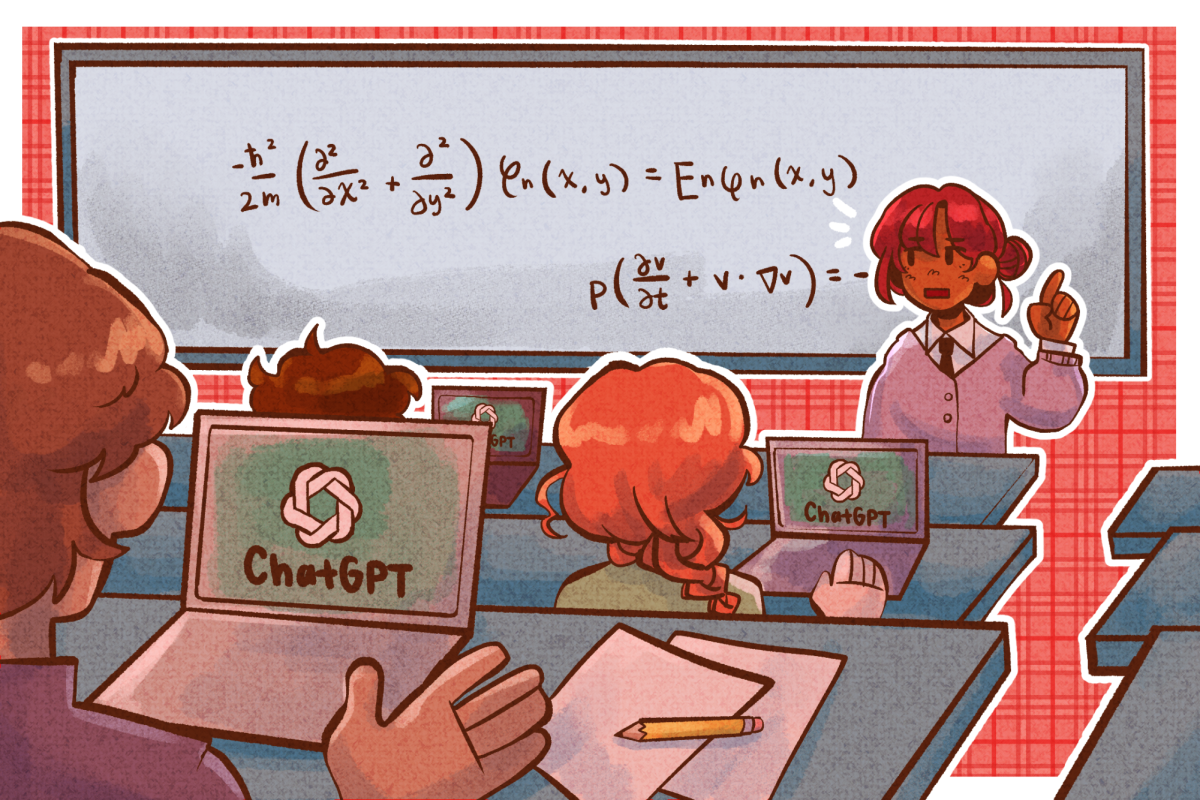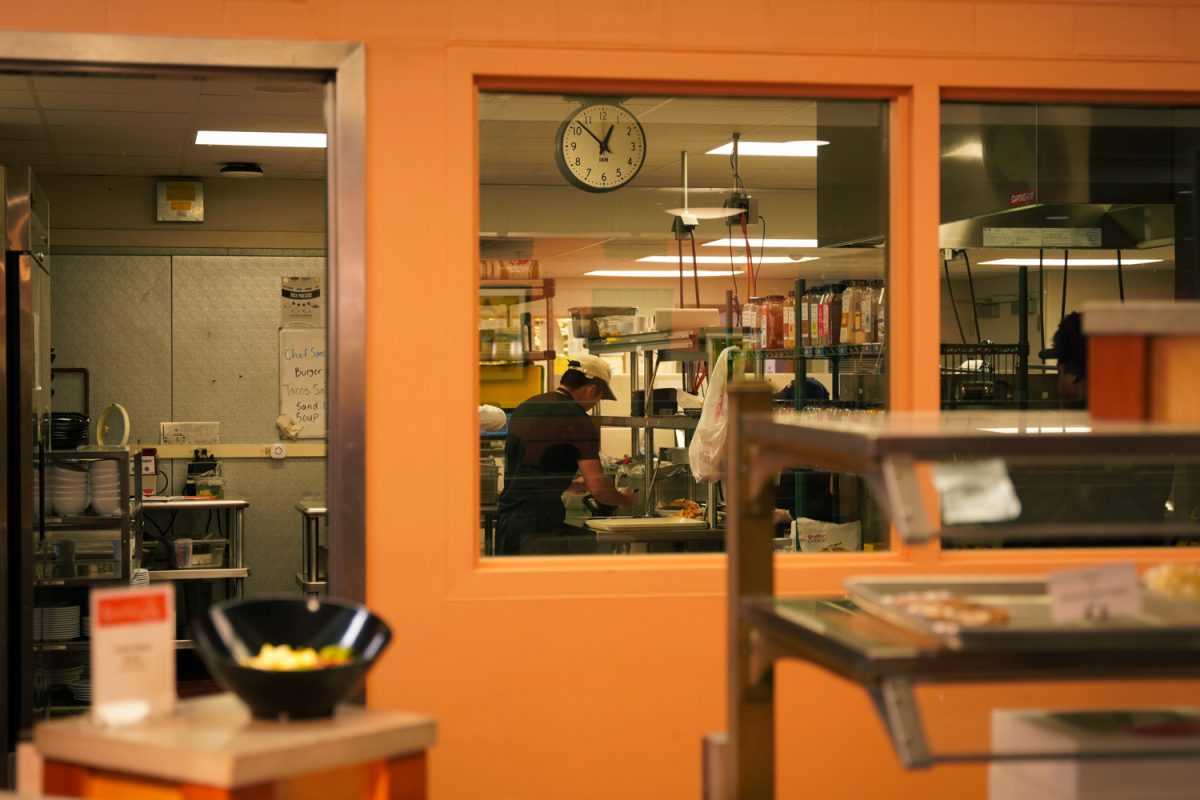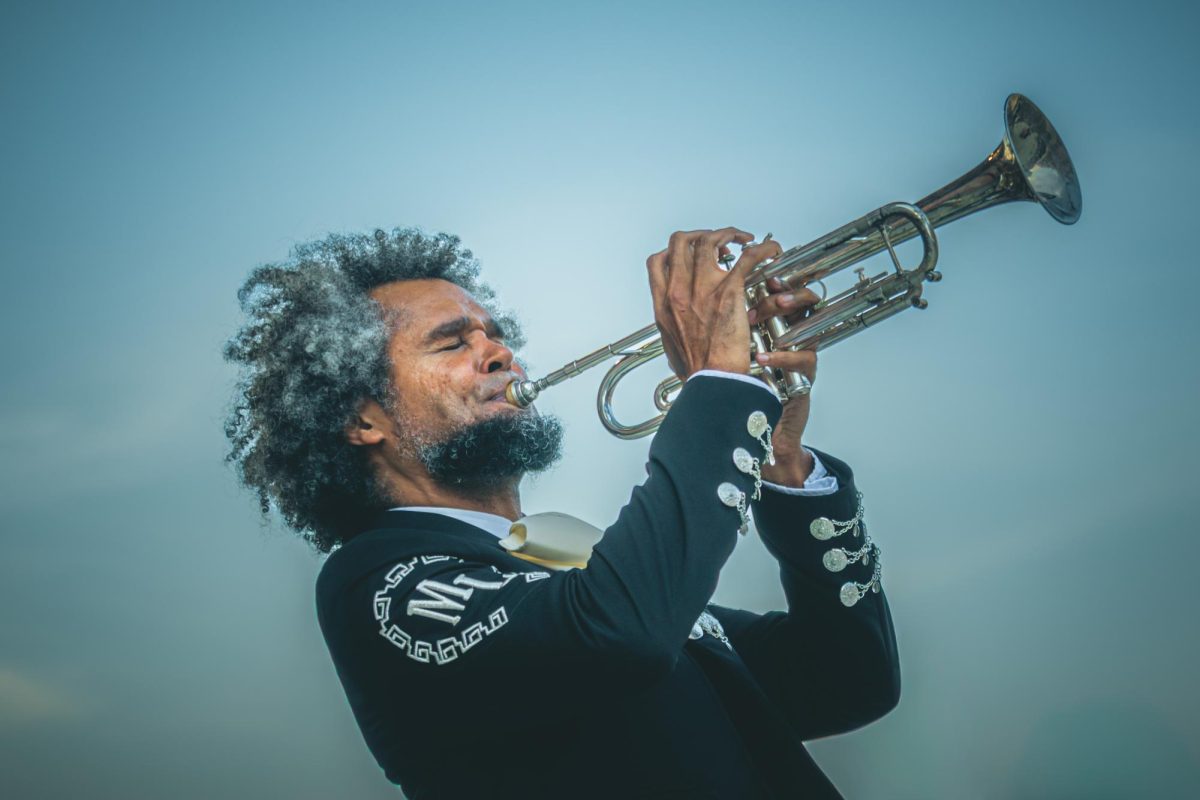The military is one of the most prominent hallmarks of American culture. The wartime anthems of Bruce Springsteen, Billy Joel and Creedence Clearwater Revival reek of Americana. Masses of people enjoy virtual violence in video games like “Call of Duty,” and youngsters play make-believe with toy soldiers and prop guns.
For most Americans, the military is a shining beacon of patriotism and a source of national pride. Yet somehow, people seem to see the armed forces through the eyes of everyone except those who served.
The Chez Veterans Center is counteracting this unfortunate paradox with the exhibit “Artfully Facing Trauma: The Internal/External Realities of Veterans with PTSD” — a display of masks created by veterans as a healing exercise at a two-week program hosted at the Rush Medical Center in Chicago.
The therapy sessions were held by the Road Home Program, a foundation devoted to caring for the mental health of current and former service members. The display, which resides on the first and second floors of the Chez Veterans Center, is open to the public throughout the month of November.
“It’s a unique opportunity to see the service members’ experiences through their artwork,” said Ingrid Wheeler, assistant director of behavioral health services at the center.
Get The Daily Illini in your inbox!
While the outside of the masks can be slightly off-putting, they provide a faint taste of the inner struggles of the veterans who made them. When the masks are spun around, the images and inscriptions trapped on the inside become plainly visible, revealing the many struggles suppressed by the mask’s creator.
“Something the mask exhibit really does is really showing how there’s two sides in terms of what might be portrayed and what’s really going on,” Wheeler said.
Not only do the masks showcase the oft-forgotten reality of trauma caused by military service, but they also illustrate the individuality of traumatic experiences, with each mask containing artistic imagery unique to its creator’s personality, experiences and processing strategies.
“Trauma is very individualized to each person,” Wheeler explained. “I would say your trauma might not be my trauma, but we experienced the same experiences.”
Garrett Anderson Jr., a retired U.S. Army Sergeant and outreach coordinator and student recruiter at the center, echoed Wheeler’s sentiment.
“You could literally have two people witness one event and they could walk away with two different experiences,” Anderson said.
While trauma is different for everyone who experiences it, it’s only continuing to expand. The U.S. Department of Veterans Affairs estimated that 7% of veterans will experience post-traumatic stress disorder at some point in their lives, including 29% from recent endeavors in Operation Iraqi Freedom and Operation Enduring Freedom.
Additionally, trauma’s grasp doesn’t just impact combat troops, as service members of all branches and occupations are subject to traumatic experiences.
“You can experience trauma out in the military but not have specifically gone to war,” Wheeler said.
While combat troops are vital to the U.S. military, the backbone of any military operation often is the vast array of support services that provide auxiliary aid. While those service members don’t see combat action in the field, they could still witness the horrors of war in a scarring, personal way.
“The front-line infantry or the front-line combat arms, they are only about 10% of the military, the rest of the military are support services,” Anderson said. “And when our civilians or people who are nonmilitary, when they think about combat, they think about those front-line individuals only seeing that combat or seeing those traumas.”
In fact, the unique experiences of support service members can be every bit as harrowing as those of combat troops, according to Anderson.
“What we can’t forget is those support units also see as much trauma and they sometimes experience more issues because of some of this that they witness,” Anderson said.
This concept, one of many rarely grasped by civilians but laid bare by the exhibit, is a reason why the exhibit’s organizer described it as impactful and part of a much-needed shift.
Not only is the display giving an opportunity to civilians to see military trauma through service members’ eyes, but it also provides critical aid in helping those members overcome their lasting struggles through art.
“They help take those blinders off about other people’s experiences and how we can help pull people up by their bootstraps, and maybe giving these resources will help further mental health issues,” Anderson said.
The exhibition will remain on display from 9 a.m. to 5 p.m. on weekdays through Nov. 30.












